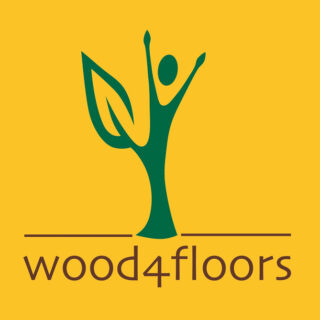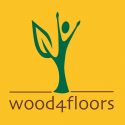Your new wood flooring was once a living, breathing organism. Although cut, manufactured and treated, it will still respond to the environment. Wood reacts to changes in temperature, moisture levels and humidity so it’s necessary to acclimatise your floor before installation. Because engineered boards have a solid wood top layer, the same applies.
Up until now, your new timber boards will have been stored in a professional facility, under optimum conditions. When you receive delivery, you need to allow time for the wood to adjust to its new surroundings. This means it will be stable when subsequently laid.
Of course, these must be the expected, normal, day to day conditions within the building. Therefore the property needs to be fully enclosed, with doors/windows fitted and all wet work completed. Heating should be fully operational. As a rough guide, humidity will be between 35-55% and temperature between 15-25 Celsius.
Check the manufacturer’s acclimatisation guidelines. Failing to properly acclimatise your flooring will affect your warranty, so keep meticulous records. Take readings before you receive delivery to ensure everything has dried out. When you receive the timber, measure its moisture content and record a new set of site readings. Store the flooring in the room it will be laid.
Wood4Floors boards are supplied with moisture content below 10% so it’s normally necessary to increase levels. You can leave it in the cartons, wrapped in polythene (unless it’s a hindrance to the process) for 3-7 days, taking regular moisture readings. Solid wood floors require longer acclimatisation than Engineered flooring or Super engineered floors. Eventually it will achieve equilibrium with its surroundings – Equilibrium Moisture Content (EMC). How long it takes will vary. If you’re unsure, always check with the manufacturer.
For more information, read our wood floor survey guide, or get advice on 0208 6997527.

